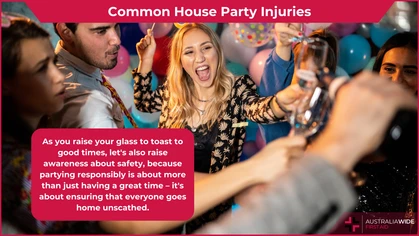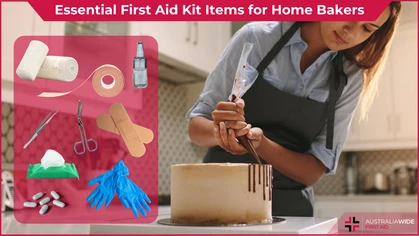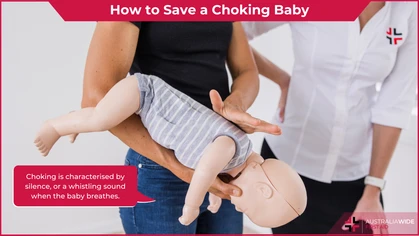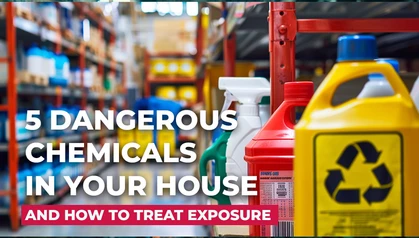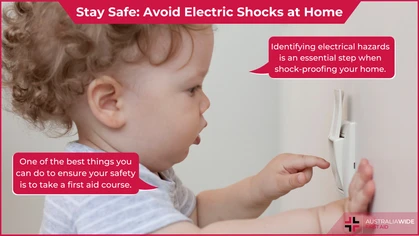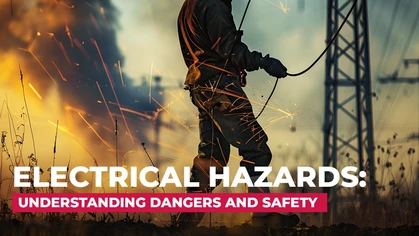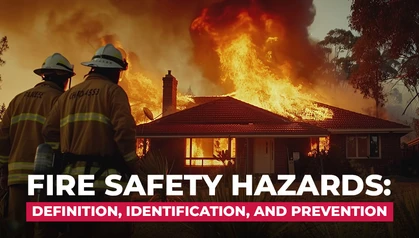3 Safety Precautions Outdoor Activity Leaders Should Take

Danger
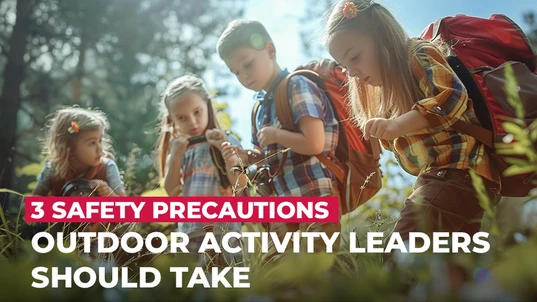 It’s well known that getting outdoors and exploring nature can be beneficial for both children and adults alike. From hiking to simply enjoying toasting marshmallows over an open fire, there’s a way to connect with the wild that suits everyone.
But it can feel daunting for some people to just head out into the countryside, especially if they’re used to being in an urban environment. That’s where structured outdoor sessions come in. Promoting a sense of calm, reduced stress and confidence, outdoor activities can help introduce someone to the wild in a safe environment with an experienced guide – you.
No matter how experienced you are as an outdoor activity leader, there are some things you should always do to keep your group safe. Nature can be unpredictable, and so it’s best to be prepared. Let’s understand how you can enjoy the benefits of the outdoors safely.
It’s well known that getting outdoors and exploring nature can be beneficial for both children and adults alike. From hiking to simply enjoying toasting marshmallows over an open fire, there’s a way to connect with the wild that suits everyone.
But it can feel daunting for some people to just head out into the countryside, especially if they’re used to being in an urban environment. That’s where structured outdoor sessions come in. Promoting a sense of calm, reduced stress and confidence, outdoor activities can help introduce someone to the wild in a safe environment with an experienced guide – you.
No matter how experienced you are as an outdoor activity leader, there are some things you should always do to keep your group safe. Nature can be unpredictable, and so it’s best to be prepared. Let’s understand how you can enjoy the benefits of the outdoors safely.
Have an Emergency Protocol
Before you start your activity, consider the process that you will follow in an emergency. Whilst it’s not nice to think about, if something happens, you’ll be glad of a plan, so that you don’t have to think on your feet and run the risk of missing something. Create a document that outlines the activity that you’ll be doing, including a comprehensive risk assessment that covers accidents and freak weather. You’ll also need to have information such as allergies or illnesses of the participants to hand, in case medical crews need to get involved. Don’t rely on phone signal for this – make sure you can access the information offline. You should also consider how you’ll handle things if you need to get information out to a lot of people at once. A key point of contact who is not part of the activity may be able to assist with this, but if you’re running a large-scale event, then consider putting some professional support in place for the duration of your event.Share a Route/Activity Plan
If you’re taking a group away from the activity centre (for example for a hike) you should share a route plan with someone back at base. Include the route you’re going to take, the number of people in your party, and how long you expect the activity to take, as well as an emergency contact. The person at the centre can then keep an eye on the time and call you if you’re not back within an hour or two of the time you said you would be. If they aren’t able to contact you, then it can be escalated and the emergency process started.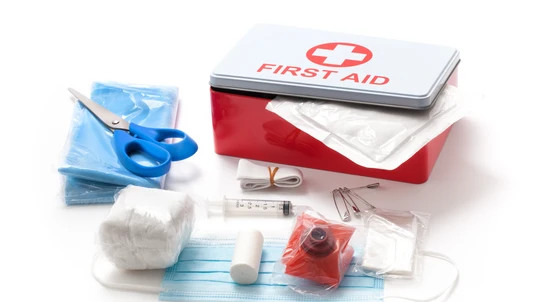
Carry a Sufficient First Aid Kit
As an experienced outdoor leader, you should understand the importance of first aid training and a first aid kit. Even if you’re only running a simple activity, it can pay to be prepared and take a decent amount of gear with you – you’ll be grateful for it if you do need it. Whilst this doesn’t mean you need to carry a hospital-grade kit every time you go out, having some essentials such as bandages, foil blankets, burn gel and eye dressings to hand is sensible. Make sure you review your first aid kit regularly to ensure that items have been restocked and are still in a usable condition.Enjoy the Wild
By following these safety precautions, you can relax and do what you do best – share the joy of the outdoors with your activity participants. By keeping everyone safe, you can ensure they leave with happy memories and feel inspired to enjoy nature for years to come.
Originally published at
https://www.australiawidefirstaid.com.au/resources/3-safety-precautions-outdoor-activity-leaders-should-take
as part of the Australia Wide First Aid Articles Library


